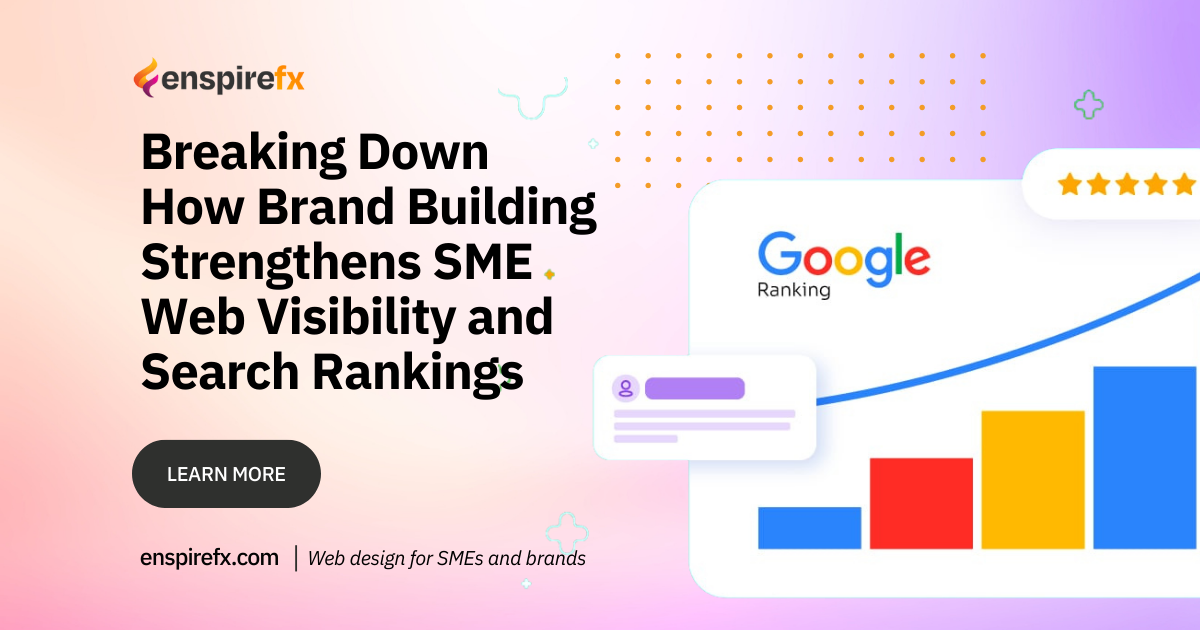Why Website Performance Scores don’t Guarantee Search Rankings

For years, web developers and digital marketers have treated perfect performance scores as the holy grail of Search Engine Optimisation (SEO). Achieving “100” on Google Lighthouse or excelling in Core Web Vitals has been celebrated as a sure sign of SEO success.
Yet, in practice, many technically flawless websites continue to languish on page 40 or beyond in Google search results. This paradox reveals a fundamental misunderstanding about what truly drives search visibility.
A recent expert analysis on the r/SEO subreddit explored this misconception through the lens of a freelance web developer who described SEO as an “enigma.” Despite achieving perfect scores on every technical test, the developer was frustrated that their websites still ranked poorly, even for their own domain names.
Professional Web Design for SMEs
We help businesses and brands scale their customer acquisition and thrive online. Let Ghana’s leading web design agancy develop a premium website for your business today. Click the quote button below to get started;
This prompted a deeper conversation among SEO professionals that exposed a hard truth: performance metrics alone don’t win rankings, relevance and authority do.
The myth of technical supremacy in SEO
The developer’s assumption reflected a common belief that SEO rests on three pillars: technical optimisation, content, and backlinks. But according to experienced contributor “Web Linker,” this framework is incomplete and misleading.
The discussion emphasised that SEO fundamentally revolves around only two components, relevance and authority, while technical optimisation, though useful, plays a secondary role.
Relevance, as defined in the discussion, is determined primarily by a page’s file name and title. Search algorithms weigh these higher than any other on-page factors because they mirror how humans read, scanning titles and headings first to understand context. “Your relevancy score is mostly in your document name,” one expert noted.
Supporting this point, it was highlighted that Google has even begun ranking LLM.txt files, documents created for Large Language Models, simply because of their descriptive file names. This illustrates how much value Google places on naming conventions as indicators of topic alignment.
Authority, on the other hand, cannot be generated internally. It is an external signal, earned through backlinks and organic traffic from other credible sites. “Your authority must be external. You cannot create it,” the expert explained. This means no matter how fast or technically polished a website may be, it cannot rank competitively unless it is recognised and linked to by other authoritative sources.
Why technical SEO alone can’t secure rankings
Technical performance remains useful but not decisive. The analysis strongly refuted the notion that Google directly rewards perfect Lighthouse scores. Page speed and Core Web Vitals affect rankings only indirectly through user behaviour.
A slow site might frustrate visitors, increasing bounce rates, but a fast site with no authority or relevance still won’t rank well. As one participant summarised, “A slow site might be impacted by user bounce, but Google is not ranking your site higher because it’s fast or scores well or has fewer errors.”
Instead of chasing perfect scores, site owners are encouraged to focus on practical usability, ensuring that pages load smoothly across real devices, browsers, and network conditions. In essence, performance matters only insofar as it enables positive user experiences that support engagement and conversions.
The true backbone of SEO: authority and backlinks
Authority, the second pillar, remains the most elusive and misunderstood aspect of SEO. It is built through backlinks — external references that signal trust and relevance. But not all backlinks are equal. Links from authoritative and contextually related sites carry far more weight than those from random or low-quality domains.
One Reddit contributor, “busybusinesspromos,” offered a pragmatic view that redefines backlink building as relationship building. Instead of obsessing over metrics like Domain Authority (DA) or Domain Rating (DR), they advised focusing on genuine collaborations between businesses with aligned audiences.
For example, a jewellery brand and a wedding blog are “a perfect combination for a link exchange,” since each attracts visitors interested in related products or information. These relationships generate not only SEO benefits but also real referral traffic, the kind that converts into customers. “My most effective backlink strategy is to ignore domain authority and domain rating and do what makes sense,” they said.
Proven backlink strategies that still work
The discussion also revisited classic link-building methods that remain effective when grounded in authenticity and utility. Guest blogging allows businesses to write articles for relevant websites in exchange for a backlink. Broken link building involves finding dead links on niche sites, recreating similar or better content, and asking the site owner to replace the broken reference.
Local and niche citations help websites appear in directory listings that often have strong authority. The “skyscraper technique” refines these approaches by finding highly linked content, creating a superior version, and persuading those same sites to link to the improved resource.
Beyond tactics lies the concept of the “linkable asset”, a piece of content, tool, or resource that is so valuable people want to link to it. This could be an interactive calculator, a viral analysis, or an expertly researched guide. The idea is simple: identify what already earns backlinks in your niche, then build something better and share it with the same audience.
The final takeaway
The analysis ultimately dismantles the illusion that perfect performance metrics translate into higher rankings. Google’s algorithm does not reward websites for technical elegance; it rewards them for relevance and authority. File names, titles, and backlinks remain the engines of visibility, while page speed and structure play only a supporting role.
In practical terms, a website that is “fast enough,” contextually relevant, and backed by trusted sources will always outperform one with perfect technical scores but no external credibility. The true path to ranking lies not in chasing numbers, but in creating value through clear relevance, meaningful connections, and real authority that others recognise and endorse.






